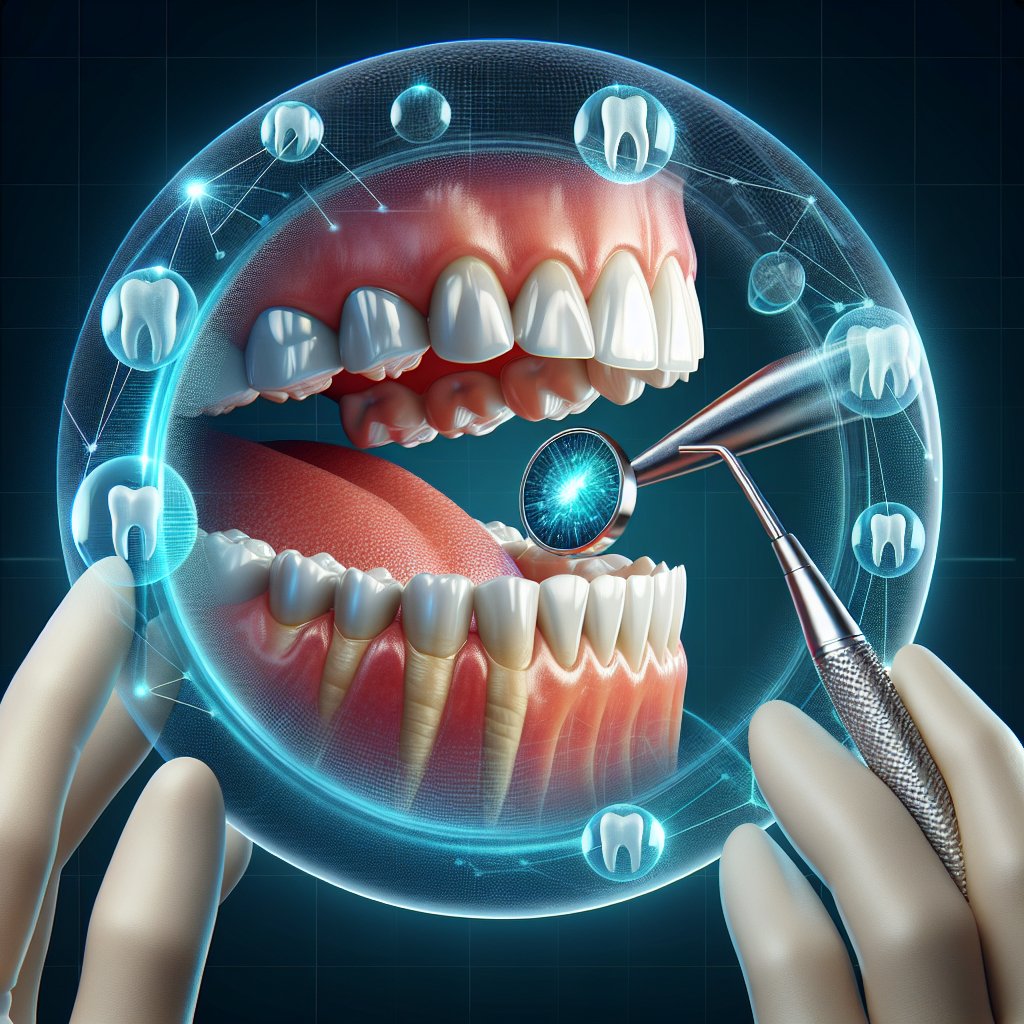Updates on advanced composite materials for fillings have revolutionized the field of dentistry, offering patients more durable, aesthetic, and biocompatible options for restorative procedures. As dental technology continues to evolve, the materials used for fillings have seen significant advancements, leading to improved patient outcomes and satisfaction. This article will explore the latest developments in composite materials, their benefits, and their implications for dental practice.
Understanding Composite Materials in Dentistry
Composite materials are a blend of resin and filler particles, designed to mimic the appearance and function of natural teeth. They are primarily used for dental fillings, bonding, and aesthetic restorations. The evolution of these materials has been driven by the need for better performance, longevity, and aesthetic appeal. The latest advancements in composite materials have focused on enhancing their mechanical properties, reducing wear, and improving their bonding capabilities.
Types of Composite Materials
There are several types of composite materials used in dentistry, each with unique properties and applications:
- Microfilled Composites: These materials contain small filler particles, providing excellent polishability and a smooth finish. They are ideal for anterior restorations where aesthetics are paramount.
- Macrofilled Composites: With larger filler particles, these composites offer superior strength and wear resistance, making them suitable for posterior restorations.
- Nanofilled Composites: Incorporating nanoparticles, these materials combine the benefits of microfilled and macrofilled composites, offering excellent aesthetics and strength.
- Flowable Composites: These are less viscous and can easily flow into cavities, making them ideal for small restorations and as liners under other materials.
Recent Innovations in Composite Materials
Recent innovations in composite materials have focused on enhancing their properties to meet the demands of modern dentistry. Some notable advancements include:
- Improved Bonding Agents: New bonding agents have been developed to enhance the adhesion between composite materials and tooth structure, leading to better retention and reduced risk of secondary caries.
- Self-Adhesive Composites: These materials eliminate the need for separate bonding agents, simplifying the application process and reducing chair time for patients.
- Bioactive Composites: Incorporating bioactive glass or calcium phosphate, these composites can release ions that promote remineralization of the tooth structure, enhancing the health of the surrounding enamel.
- Color-Matching Technology: Advances in color-matching technology allow for more precise shade selection, ensuring that restorations blend seamlessly with natural teeth.
Benefits of Advanced Composite Materials
The use of advanced composite materials in dental fillings offers numerous benefits for both patients and practitioners. Understanding these advantages can help patients make informed decisions about their dental care.
Aesthetic Appeal
One of the most significant advantages of composite materials is their aesthetic appeal. Unlike traditional amalgam fillings, which are silver in color, composites can be matched to the natural shade of the tooth. This makes them an excellent choice for visible areas, such as front teeth, where appearance is crucial.
Durability and Longevity
Modern composite materials are designed to withstand the forces of chewing and grinding. With advancements in filler technology, these materials exhibit improved wear resistance and durability, making them suitable for both anterior and posterior restorations. Many composites now come with warranties that reflect their longevity, providing patients with peace of mind.
Minimally Invasive Techniques
Advanced composite materials allow for minimally invasive dental procedures. Dentists can preserve more of the natural tooth structure when placing composite fillings, as these materials can bond effectively to the tooth. This approach not only enhances the strength of the restoration but also contributes to better long-term outcomes.
Biocompatibility
Biocompatibility is a critical factor in dental materials, as it affects the overall health of the patient. Advanced composites are designed to be non-toxic and compatible with the oral environment, reducing the risk of allergic reactions or adverse effects. This is particularly important for patients with sensitivities to certain materials.
Challenges and Considerations
Despite the numerous benefits of advanced composite materials, there are challenges and considerations that both dentists and patients should be aware of. Understanding these factors can help in making informed decisions regarding dental restorations.
Cost Implications
Advanced composite materials can be more expensive than traditional amalgam fillings. While the initial cost may be higher, many patients find that the long-term benefits, such as durability and aesthetics, justify the investment. Dentists can provide patients with a breakdown of costs and potential long-term savings associated with composite restorations.
Technique Sensitivity
The placement of composite materials requires a high level of skill and technique sensitivity. Factors such as moisture control, proper curing, and layering techniques can significantly impact the success of the restoration. Dentists must stay updated on the latest techniques and materials to ensure optimal results.
Potential for Wear and Staining
While modern composites are designed to be durable, they may still be susceptible to wear and staining over time, especially in high-stress areas. Patients should be educated on proper oral hygiene practices and the importance of regular dental check-ups to monitor the condition of their restorations.
The Future of Composite Materials in Dentistry
The future of composite materials in dentistry looks promising, with ongoing research and development aimed at further enhancing their properties. Innovations in material science, such as the incorporation of smart materials that can respond to changes in the oral environment, are on the horizon. Additionally, advancements in digital dentistry, including 3D printing and computer-aided design, may lead to the creation of customized composite restorations that fit patients’ unique anatomical needs.
Conclusion
Updates on advanced composite materials for fillings have transformed the landscape of restorative dentistry. With their aesthetic appeal, durability, and biocompatibility, these materials offer patients a superior alternative to traditional fillings. As technology continues to advance, the future of composite materials holds great potential for improving patient care and outcomes. Dentists must stay informed about these developments to provide the best possible treatment options for their patients.




